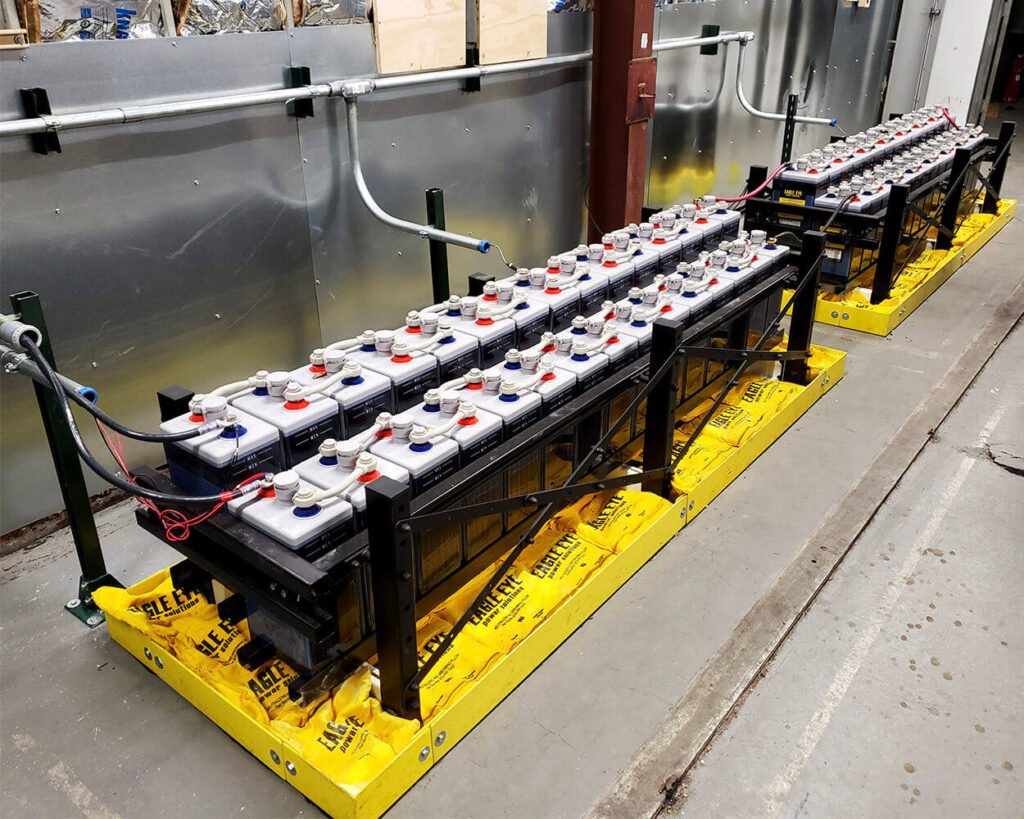The amount of electrolyte required for a flooded lead-acid battery depends on the battery’s design and size. However, there are general guidelines for maintaining the proper electrolyte level:
- Covering Plates: The electrolyte level should cover the battery plates adequately. Generally, it’s recommended that the plates remain submerged in electrolyte, with a level about 1/4 inch (6 mm) above the top of the plates.
- Filler Caps: Many lead-acid batteries have removable filler caps on top. These caps are typically located above each cell. When checking or adding electrolyte, ensure that the electrolyte level is just below the bottom of the filler opening.
- Do Not Overfill: It’s crucial not to overfill the battery with electrolyte. Overfilling can lead to spillage, which can cause corrosion and damage to the battery and surrounding equipment.
- Follow Manufacturer Guidelines: Always refer to the manufacturer’s recommendations for your specific battery model. The manufacturer’s guidelines will provide precise instructions on maintaining the correct electrolyte level and any specific maintenance procedures.
- Use Distilled Water: When adding electrolyte or topping off the battery, only use distilled water. Using any other type of water, such as tap water, can introduce impurities and minerals that can affect the battery’s performance and longevity.
Remember to handle electrolyte with care, as it contains sulfuric acid and can be corrosive. Wear appropriate safety gear, such as gloves and goggles, and follow proper handling procedures when working with lead-acid batteries.


